Lesson: Paper Structures
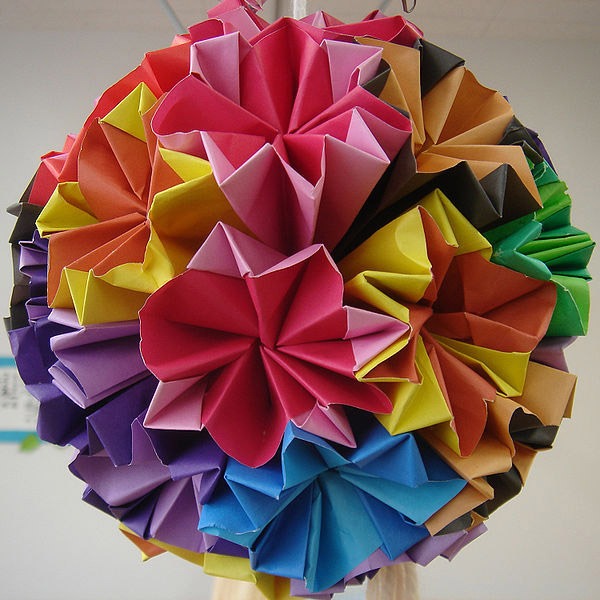
(Provided courtesy of the Society of Women Engineers) Level: Grades 1 – 8. Time Required: 25 minutes. Lecture and Preparation Time: 10 minutes. Lesson: 15 minutes.
Overview
In this simple but fun lesson, students in grades 1 through 8 work in teams to build a portable paper structure that can support the weight of a book. Working in the manner of civil engineers, they learn that material strength varies with shape and arrangement.
Standards
NATIONAL SCIENCE STANDARDS
Physical Science:
Science and Technology:
STANDARDS FOR TECHNOLOGY LITERACY
The Nature of Technology:
- Students will develop an understanding of the core concepts of technology.
Technology And Society:
- Students will develop an understanding of the cultural, social, economic, and political effects of technology.
- Students will develop an understanding of the attributes of design.
- Students will develop an understanding of the engineering design.
- Students will develop an understanding of the role of troubleshooting, research and development, invention and innovation, and experimentation in problem solving.
Abilities Of A Technological World:
- Students will develop abilities to apply the design process.
The Designed World:
- Students will develop an understanding of and be able to select and use construction technologies.
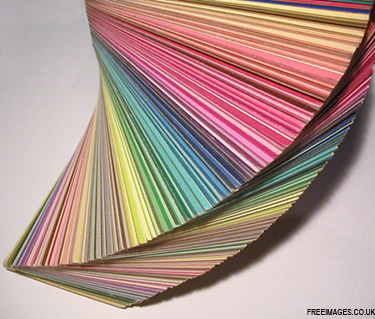
Vocabulary
center of gravity, center of pressure, corrogated, stress structures
Materials
- For each team of 4-5 students:
- 30 Sheets 8 1/2″ X 11″ Notebook Or Colored Paper
- Roll of Masking Tape
- Book
Background
There are two general types of motion caused by forces acting on an object. The first, called “translational motion,” is the kind of straight motion which is an example of the system falling downward under its weight if it were not balanced by upward forces. The second kind of motion that could result from these same forces is called “rotational motion.”
Scientists and engineers often summarize the forces in a problem using the “center” of the force. The force is treated as if it acted through a single point. Pressure is a measure of force over an area (Pressure = Force/Area), while the center of gravity refers to the force created by the weight of an object. What exactly does “center of pressure” and “center of gravity” mean? To understand this concept, let’s examine another device – the javelin.
Modern javelins land “point-down.” Earlier javelins either traveled with the point up (which was dangerous) or horizontally. When the javelin landed horizontally in competitions it was difficult to determine the exact landing point. In 1984 the International Amateur Athletic Federation (IAAF) adopted new rules to make sure future javelins were designed to land point-down, so the “touch-down” point would be known exactly.
Every javelin designed for competition has the same “center of gravity” or balance point. However, the center of pressure on a javelin remains behind the center of gravity and the direction of the center of pressure is opposite that of the gravitational force. This keeps the javelin’s point slanted toward the ground.
Center of Pressure Behind the Center of Gravity
Javelin Tip Points Down
What would happen if the center of pressure was in front of the center of gravity on a javelin? The nose of the javelin would point up.
Center of Pressure In Front of the Center of Gravity
Javelin Tip Points Up
The paper structures you create work in the same manner. The structures collapse when the forces acting on the structure are out of balance.
Procedure
Teachers may choose to review the information of the background section before or after the activity, and go into as much depth as they believe is appropriate for the grade level.
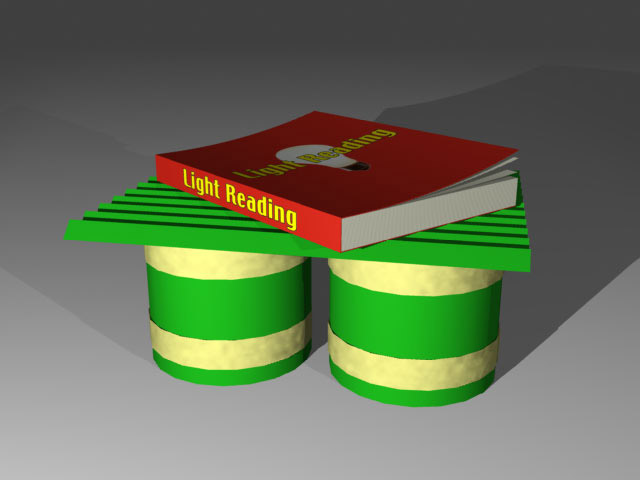
1. Divide the class into teams of 4-5 students. Distribute to each team a stack of paper and a roll of masking tape.
2. Introduce the activity by asking students if they believe they can support the weight of a book on top of a flimsy piece of paper. They can if they reshape that piece of paper by folding, rolling or bending it. Humans have always taken simple materials and reshaped or combined them to form tools, artwork, machines and other objects to fulfill a need. Engineers know that a material’s strength varies with its shape and structure. Some shapes and structures can support more weight than others.
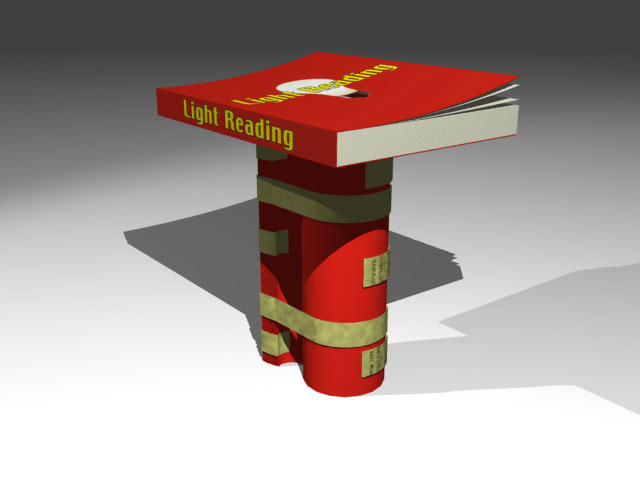 3. Explain that in this activity the class will work in teams to build a portable structure out of paper and tape that will support the weight of a book. Students will learn that they can create new objects from everyday ordinary materials.
3. Explain that in this activity the class will work in teams to build a portable structure out of paper and tape that will support the weight of a book. Students will learn that they can create new objects from everyday ordinary materials.
Students instructions;
Your challenge is to build a structure at least one foot high that can support a book. You can build your structure anyway you like, but your structure must be portable. That means you may not fasten or connect it to a table or other fixed structure.
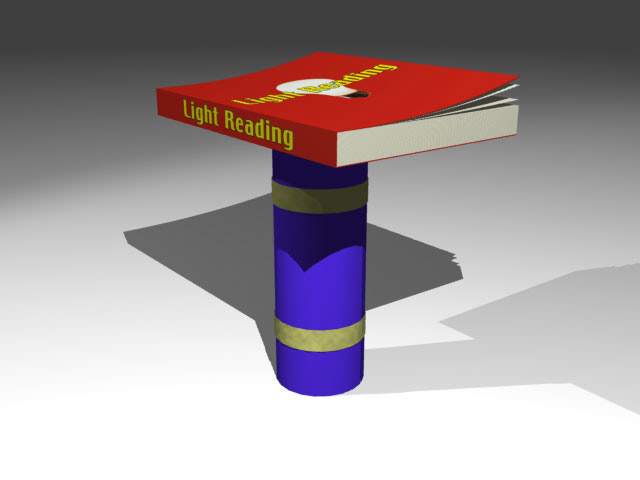
1. Build your structure. Use your imagination! Keep in mind the information you learned in the background section, but feel free to ask for help if you have trouble getting started in the right direction.
2. Test your structure. Place the book on top. Can your structure support it?
Extensions
- Have teams try successively heavier books on their structures. How much weight can their structure hold?
- Calculations: If a sheet of paper costs $1000 and an inch of tape costs $100 (or an centimeter of tape costs $40), how much does your team’s structure cost? Which structure holds the most weight for the least amount of money?
- Assign student to find examples of buildings — in their own town or city, or on the Internet — that illustrate creative use of weight distribution. How have the architects and engineers solved the problem of weight through clever use of shapes and materials?
This activity was originally developed by the Oklahoma State University Student Section, which conducts a state-wide workshop annually for up to 1200 Girl Scouts.
Filed under: Grades 6-8, Grades K-5, Lesson Plans
Tags: Civil Engineering, Engineering Design, Grades 6-8, Grades K-5, Materials Engineering, Society for Women Engineers, Team-building skills










